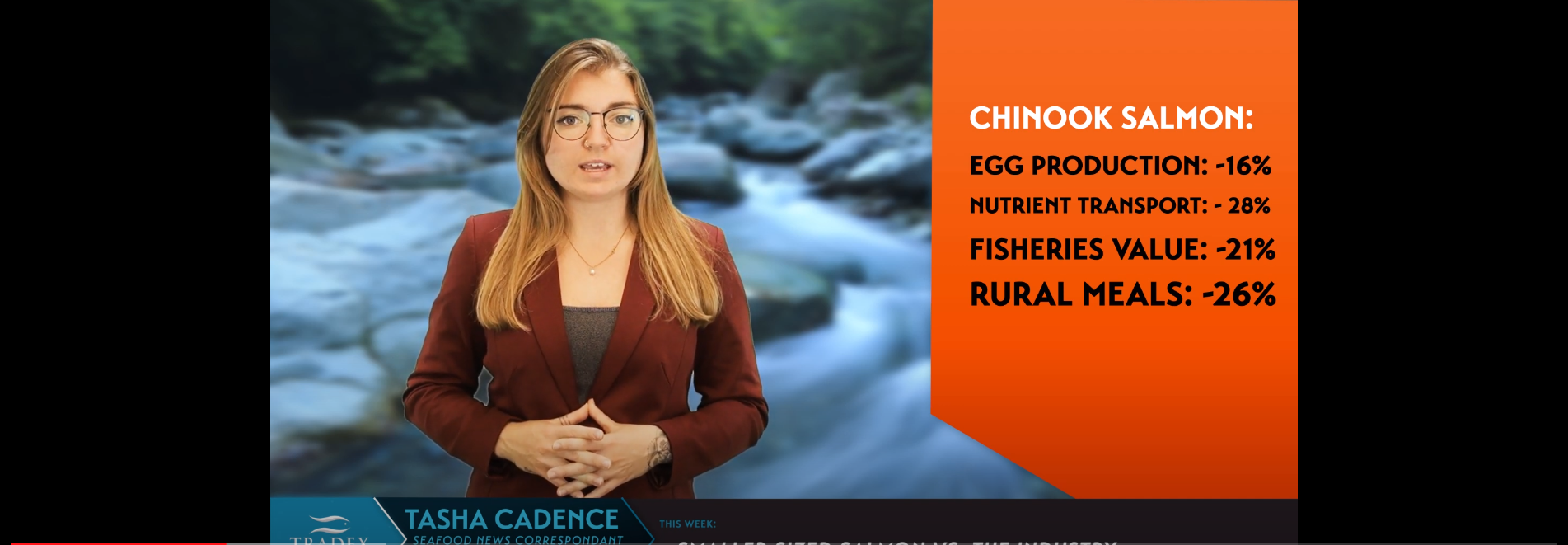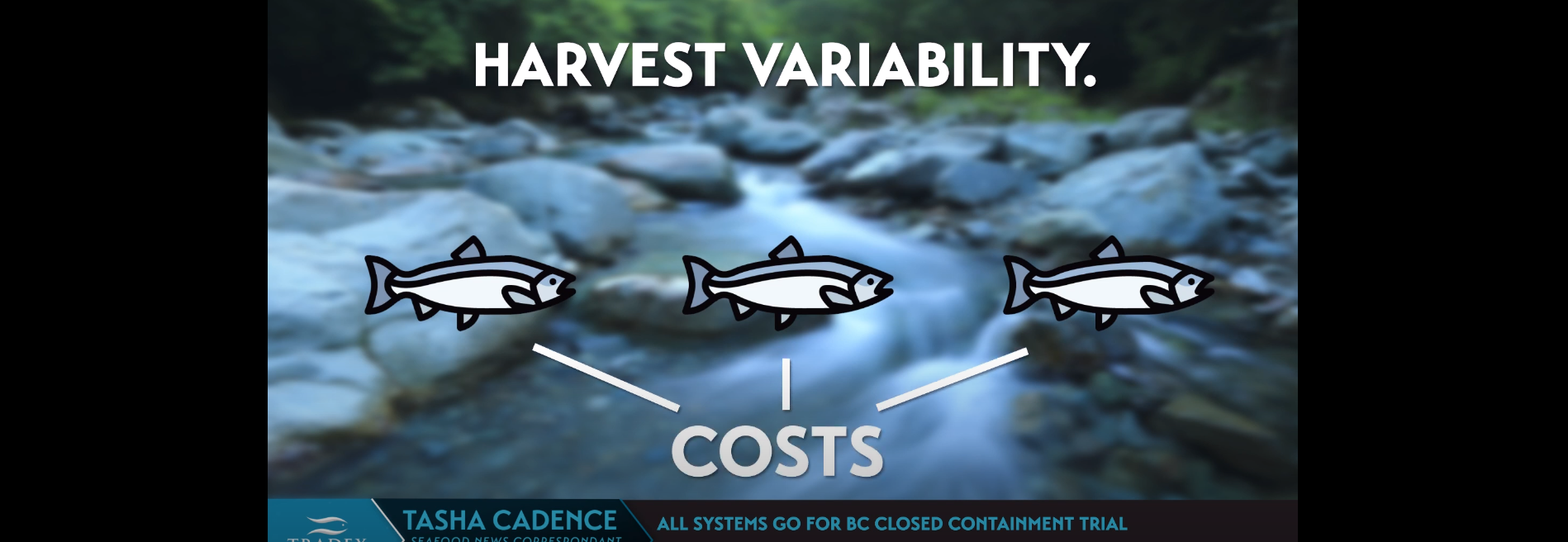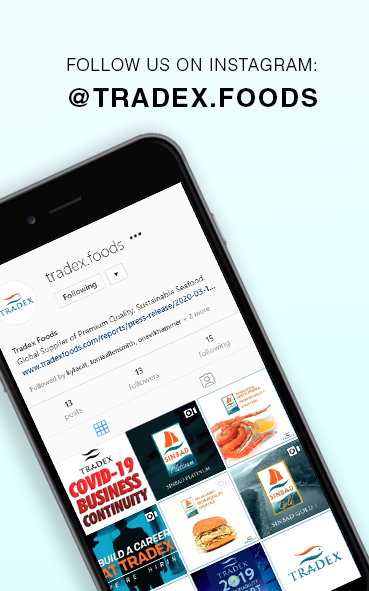
Loading
EP 506 | AIRED 09/21/2020
How Smaller Salmon Could Change the Industry
September 21st, 2020 --- This week, we investigate the trickle down effects of how the decreasing size of Wild Salmon will affect the Seafood Industry.
In mid August this year, a study from Nature Communications, based on 60 years of measurements from 12.5 million fish across Alaska, declared that for all four salmon species, average body sizes were smaller after 2010 compared to before 1990.
Downsizing of organisms and wild sustainable resources is a global concern, and current trends may pose substantial risks for nature and the industry.
--- This steady decrease in salmon sizing directly affects fisheries, as smaller fish produce a lower yield, but can also reach a lower wholesale price.
Smaller salmon could affect short-term value, however there is a massive decline in harvest volume of sockeye, pink and chum this year.
Some fisheries we spoke with are predicting to see prices on smaller salmon increase again, due to the clear shortage of wild salmon inventory.
Looking at long term pricing, we predict a lean towards the demand for smaller salmon.
Consumers typically value wild salmon and are willing to pay the same retail price for a 400g fillet from a smaller 3.5lb fish as from a larger 6.5lb fish.

In addition to the size declines of fish, fisheries have growing concerns about harvest variability.
When runs don't materialize, harvesters and processors that operate in multiple species and areas still have costs that have to be spread out over fewer fish.
--- There are multiple theories towards the potential drivers for the shrinking fish.
The journal Nature Ecology and Evolution by the University of Washington stated that as temperatures of water in lakes and streams steadily increases, this is encouraging salmon to head out to sea after only one year.
This 50 percent drop in time spent in freshwater is slowing down the maturing stage and increases time at sea where wild fish compete with hatcheries for food.
Nature Communications also mentioned that "across species, shifts in age structure explained 88 percent of inter-annual variation in mean size on average.
In general, salmon are currently smaller than in the past because adults are returning to spawn at younger ages,”
Less meat on fish threatens the entire supply chain, from the rural salmon-dependant communities, to commercial production and distributors, to the chefs preparing their food.
Anyone who smokes their salmon has very specific recipe guidelines in order to produce a consistent product, therefore if they typically use a 4-6lb sockeye, and the catch is heavy on the 2-4lb sockeye – they have to retool their whole operation/recipe.
This could really hinder some long standing companies where their recipe has been used for multiple generations – and this consistency is part of their business model.
Processors rely on larger sized fish for portioning, for example you get a 6oz portion from a 4-6lb fish will be nice and thick with a nice uniformed look and good plate coverage, around 3 inches wide.
Take that same portion off a 2lb fish , not you have a thin 6” wide portion, a Chef’s cook time will change and the product will ultimately look way different.
These changes in processing could directly affect companies who make pre packaged & portioned flavoured retail items for freezers.

If they begin using smaller sized fish it will mean changing their packaging and adjusting to a wider portion.
And lastly, the overall volume and weight of salmon will decrease, which could short the market and distributors who have built systems relying on the average weighs of fish.
Now onto our 'Sustainability Segment' of the week, where we highlight organizations playing a role in the future of sustainability.
The Environmental Defense Fund, one of the world’s leading environmental organizations, is pioneering technologies and new platforms that can turn fishing vessels into "smart boats".
These methods including sensor technology, artificial intelligence and building networks, can redefine fishing and streamline how we manage fisheries — leading to greater efficiency, profitability and sustainability.
For more information please check this link.



